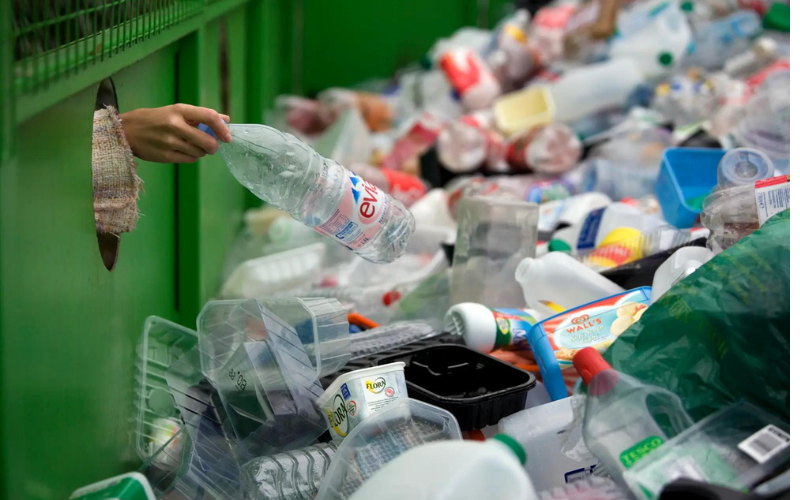California is known for taking good care of the environment, and recycling is a big part of this effort. Many people wonder if California sorts the recycling items that people and businesses put out.
The answer is yes, California has a detailed system to handle and sort recycling. This article explains how Recycling Northern California, what happens to recycled materials, and why it’s important for everyone to recycle properly.
Overview of California’s Recycling System
Recycling Northern California system is designed to manage a vast amount of recyclable materials generated across the state. The system is a collaboration between local governments, private companies, and residents, all contributing to a more sustainable environment. California mandates recycling for many materials and has set ambitious goals to reduce waste.
How Does California Sort Recycling?
1. Collection
Recycling Northern California starts with collection. Most communities have curbside recycling programs where residents and businesses place recyclable materials in bins provided by their local waste management authority. These bins are then collected by local recycling trucks on designated days.
2. Sorting Facilities
After collection, the recyclable materials are taken to Materials Recovery Facilities (MRFs). These facilities are the heart of the sorting process. Here’s how they operate:
Initial Sorting
-
Manual Sorting: When materials first arrive at an MRF, workers manually remove large items that are either not recyclable through curbside programs or need special handling. This includes large pieces of cardboard, plastic bags, and items like electronics.
-
Mechanical Sorting: The remaining materials pass through various machines designed to separate different types of recyclables:
- Trammels: Rotating drum screens that separate materials by size.
- Magnetic Separators: These pull out ferrous metals, such as iron and steel.
- Eddy Currents: Used to separate non-ferrous metals like aluminum.
- Optical Sorters: These use sensors to identify and separate plastics by type.
- Air Classifiers: Utilize air flows to separate light materials like paper from heavier items.
Final Sorting
- After mechanical sorting, some materials undergo additional manual sorting to ensure high purity and quality of the sorted materials. This step is crucial for obtaining recyclable materials that meet the standards required by processing facilities.
3. Processing and Manufacturing
Once sorted, the recyclables are baled and sold to companies that reprocess them into new products. For example, sorted paper fibers are turned into new paper products, while plastics might be melted down and extruded to produce new plastic items.
What Materials Does California Recycle?
California’s recycling programs commonly handle:
- Paper
Including newspapers, books, and cardboard.
- Plastics
Containers and bottles typically labeled with a recycling symbol and a number 1 through 7.
- Metals
Such as aluminum cans, tin cans, and sometimes scrap metal.
- Glass
Bottles and jars of various colors.
Certain items, like electronic waste, batteries, and hazardous materials, require special handling and are not included in regular curbside recycling programs.
Challenges in California’s Recycling System
Despite advanced technologies and processes, California’s recycling system faces several challenges:
- Contamination
Non-recyclable materials mixed with recyclables can contaminate sorted materials, making them harder to process and sell.
- Market Fluctuations
The demand for certain recyclable materials can vary, affecting the profitability and sustainability of recycling operations.
- Public Awareness
Misunderstanding about what can be recycled leads to improper sorting at the source, which complicates the recycling process.
The Importance of Proper Sorting
Proper sorting at the source (i.e., in homes and businesses) is critical. When residents and businesses are careful about only placing appropriate items in recycling bins, it significantly enhances the efficiency and effectiveness of the recycling process. It reduces contamination, decreases the cost of recycling, and increases the amount of material that can be successfully recycled.
Conclusion
Yes, California does sort recycling extensively. The state’s advanced sorting facilities and processes ensure that a wide variety of materials are recycled effectively. However, the success of these efforts also depends heavily on public cooperation and awareness. By understanding and participating in the system correctly, Californians can contribute to more efficient recycling, reduce waste, and support environmental sustainability. As recycling technologies and systems evolve, continuous public education and improvements in sorting and processing will play vital roles in the future of recycling in California. Thank visiting logicallyblogs.com

